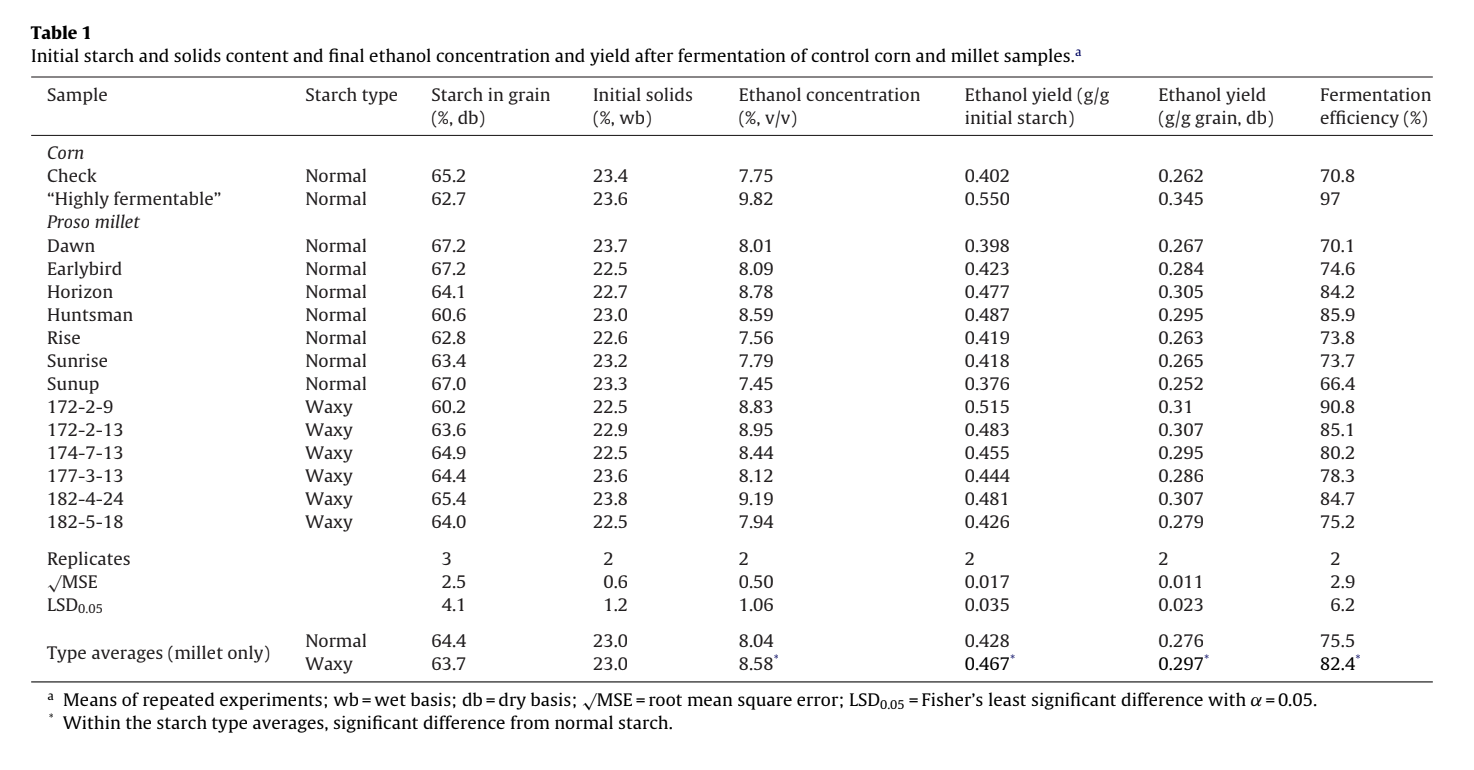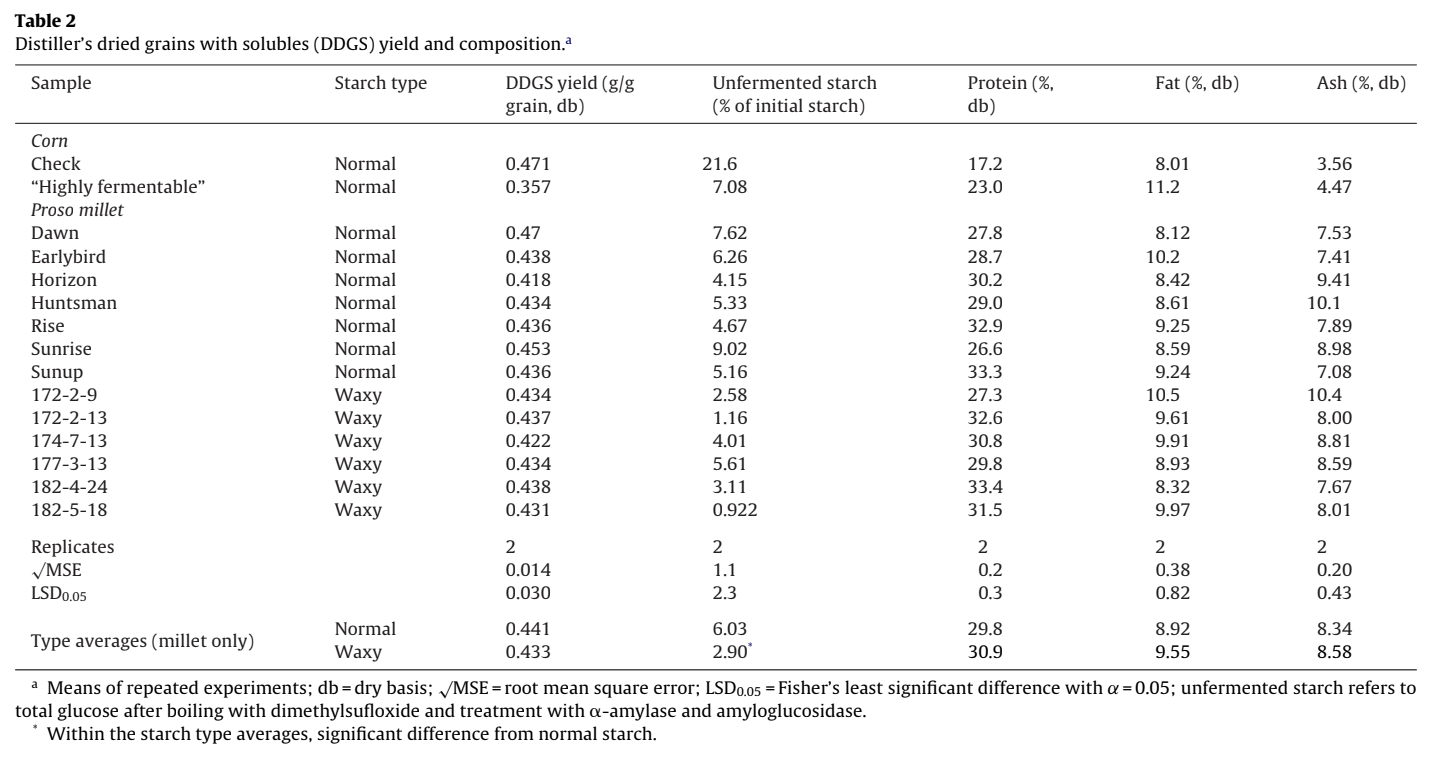The New Ethanol Potential: Proso Millet
Could an ancient grain be ethanol's next source for expansion?
In addition to a resume that includes primary provider of food and fiber for the world’s population, fuel has also been added to the list of modern agriculture’s momentous role. Starch-based grains, such as corn, have filled a new market need as a source of biofuel alcohol turned gas, otherwise referred to as ethanol, in agriculture’s more recent history.
Corn may hold the crown as the primary contributor of U.S. ethanol production, but research continues into the role other grains could play in supporting the growing market and demand for renewable fuels. Consider, for example, the geographical location of ethanol plants. While those plants based in states like Iowa or Illinois make corn an obvious grain source, what other cost advantage grains may be ideal for ethanol plant expansion in High Plains states such as Kansas, Nebraska or Oklahoma?
A study by the University of Nebraska-Lincoln examined what a complementary starch-based grain could bring to the ethanol industry playing field that is also seeing increasing acres and interest among farmers.
Courtesy of the Nebraska Ethanol Board
The Process
The University’s study evaluated the difference between the ancient grain of proso millet and corn in ethanol production. Thirteen different breeds of proso millet, including six with waxy starch, were used for the study. They took the proso through the same process that corn goes through to be made into the renewable fuel, ethanol. Like corn, the proso millet grain first goes through the hammer mill to break the individual grains into smaller pieces. Next, yeast is added to the milled proso with water, to initiate the yeast. It is then fermented, similar to corn, to create ethanol. This study looked at the fermentation efficiencies of proso millet and found that the average regular proso millet had a fermentation efficiency of 76% and the average waxy proso millet had a fermentation efficiency of 82%, both of which were higher than the fermentation efficiency of regular corn which was only 71%.
Growing the Crops
In this study, thirteen different proso millet varieties were used from the most recent growing season and were all grown at the High Plains Agricultural Lab Research Farm in Sidney, Nebraska. The comparative corn for this study was grown at the University of Nebraska Agronomy Farm in Lincoln, Nebraska. This design meant the two farms were both able to use their expertise when growing these two crops as corn is more widely grown in eastern Nebraska and proso millet is more widely grown in western Nebraska.
Results
Four of the thirteen proso millet samples tested in this study resulted in final ethanol concentrations that were similar to highly fermentable corn. The ethanol production was comparable and, in most cases, higher than conventional corn.
These results indicate that proso millet may be useful as a source of ethanol production. Keeping in mind that breeding efforts to select millet varieties with “highly fermentable” characteristics could lead to ethanol production from proso millet that is even more efficient.
Through future ethanol studies focusing on the by-product of ethanol, dried distillers grains, and how comparable proso millet DDGs would be as a feed ingredient, like the 2022 UNL study for proso millet in swine feed, will all be welcomed studies and information to support the farmers and new market opportunities of proso millet.



